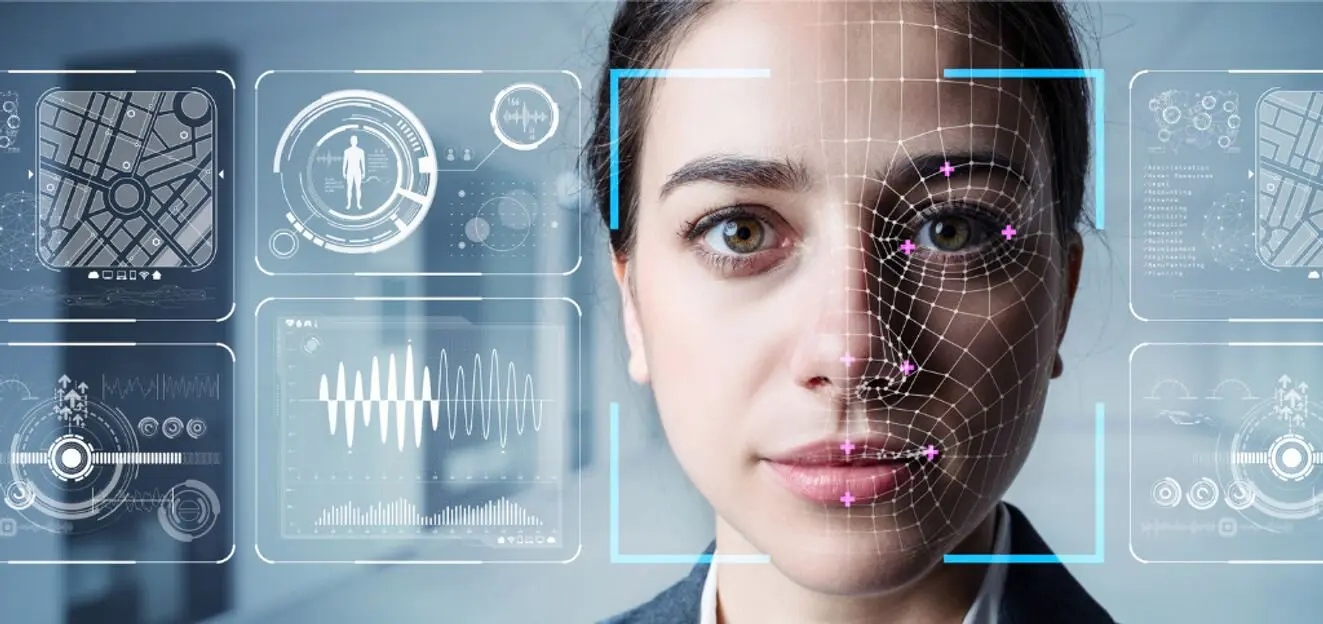Biometric testing improves web performance

23 August 2021
We now have access to a new biometrics testing lab thanks to our sister agency twentysix, a digital agency based in York.
How does it work?
By measuring a range of physiological responses using different sensors attached to the body as well as camera software, the biometrics lab is able to go deeper and get closer to the truth of how we actually feel about a web page or piece of creative content. It’s impressive not least because biometric testing measures our so-called System 1 processes.
System 1 is that fast-decision making capability we all have that Daniel Kahneman, who coined the phrase, describes as ‘effortless, instinctive and intuitive’. Traditional market research actually slows our thinking down, forcing us to rationalise, by asking respondents to deliberate and explain. As they say, ‘you buy on emotion and justify with logic.’ Biometric testing reveals the emotion.
On balance
Biometric testing is a powerful evaluation tool that should be a critical part of web development. It reinforces the accuracy of user testing and turns out to be a more effective and efficient way to help improve the online experience. We see it becoming increasingly used alongside more conventional user testing techniques that often employ facilitators, scripted prompts and observation.
Why so important?
Between 80-90% of our decision-making happens in under a second, based on how we feel and what we intuit. There’s nothing rational about it. Only a measly 10% is left to reason. This is important when you consider that up to 70% of online shopping baskets are left abandoned at the checkout. Insight into why this happens means you can reverse it. Biometric testing can show where during the shopping process emotions rise and fall. Now you can pinpoint where a customer says “Oh, forget it“ and then engineer a solution.
In the biometrics lab we can track each step and decision of the journey on your website and identify every single high and low from beginning right through to the end. And it’s not just e-commerce where this works well but any web site that has a call to action.
Combining insights
By combining insights derived from different sensors and cameras the lab creates a weave of different readings. These are fed to the algorithm, which then provides the analysis.
- Eye movement & expressions – Facial detection software can record and then analyse expressions across a range of emotions from joy to disgust to indifference.
- Skin response – Galvanic skin response measures subtle changes on the skin: temperature or sweat and how these relate to feelings from fear to excitement.
- Brain activity – EEG (electroencephalogram) tests monitor electrical activity in the brain and can measure emotions such as attraction or avoidance.
Biometrics make for much more forensic testing of the user experience. By reading the emotional micro-responses that your users have with all aspects of your website means that it is much easier to optimise the whole experience and make the call-to-action way more compelling than before.